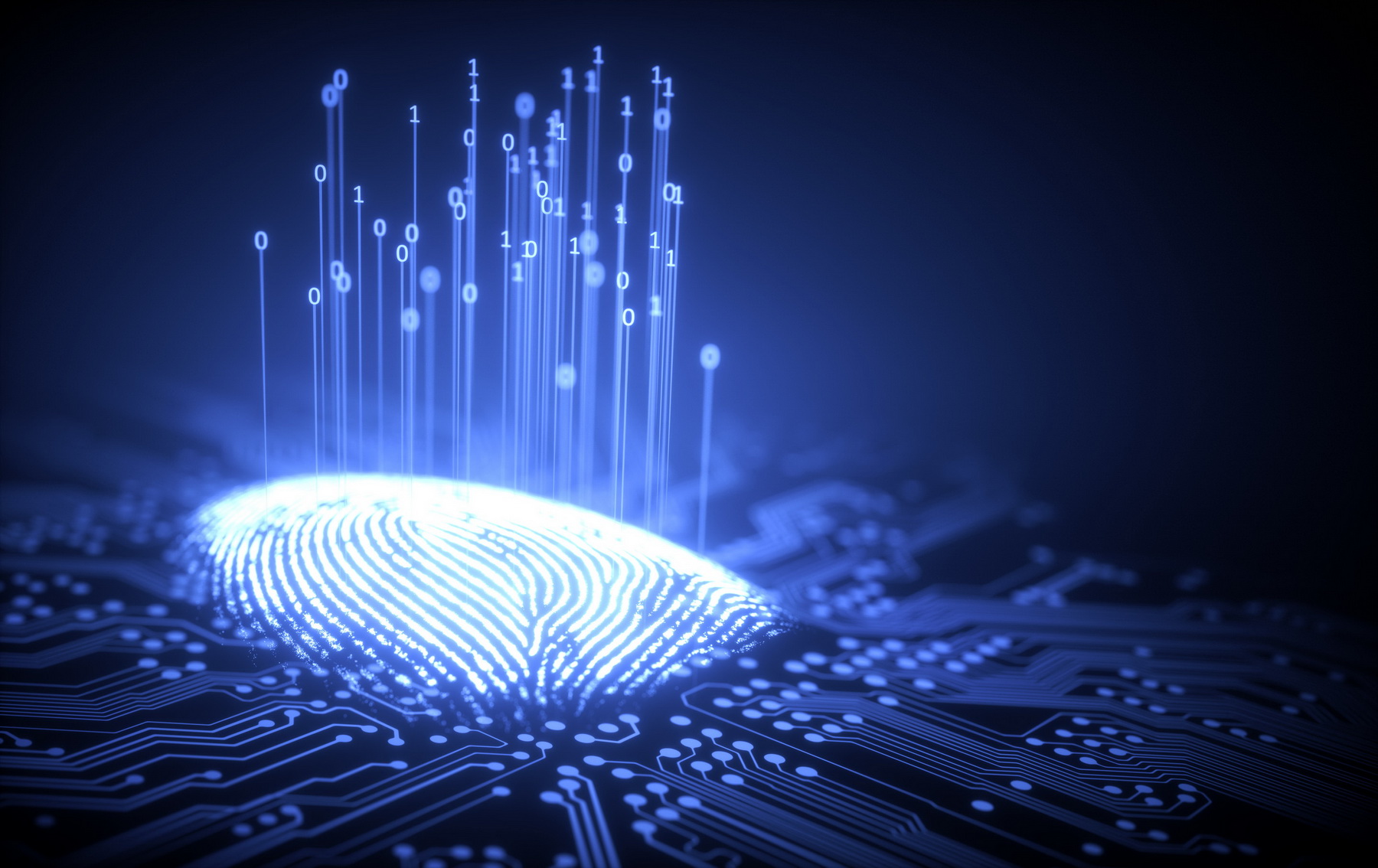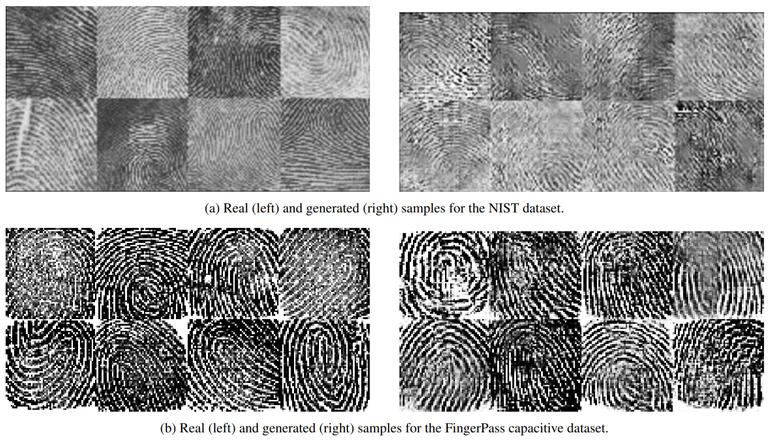Neural network taught to forge fingerprints

Dactyloscopic user identification is one of the relatively reliable ways to identify a person’s identity. Of course, it is best to use it in conjunction with other methods, multi-factor has not been canceled. But still, dactyloscopic technologies are used by software developers and all sorts of devices more often than any other biometric methods.
It may well be that after a while this method will have to be abandoned. The fact is that in the United States developed a neural network capable of forging fingerprints. Moreover, the computer creates images in such a way that they are regarded by various kinds of sensors as fragments of fingerprints of real people.
In order to teach their neural network to perform this work, the authors of the project used real data of 5,400 people. The sample is not very large, but quite sufficient for the training of a neural network. The results of their work, scientists have published, laying out the article preprint.
')
So far, the system can only generate fingerprint fragments - but this is sufficient for many systems that use fragments. Although the fingerprints are unique, which allowed the development of fingerprinting and a number of fingerprint authentication mechanisms, it is still possible to deceive the protection.
This is especially true just for systems that work with fragments, it turns out, you can create an artificial pattern that will fit the fingers of several people at once. There are a lot of such systems - many fingerprint scanners that are built into smartphones, laptops and other electronic systems work only with a part of the user's fingerprint. It is stored in the database with which the checked fingerprint is compared.
Some parts of the prints have repetitions, which allowed scientists to realize their project.

Previously, a neural network was developed, which is called MasterPrints . She modified the details of existing prints. Such a system is not able to generate completely new prints.
The development team at New York University, which is discussed in this article, has achieved more. Scientists recently introduced the Deep MasterPrints neural network, which is capable of generating universal "master keys", fingerprints using a predetermined pattern.
The efficiency of the neural network is impressive - the fact is that Deep MasterPrints is able to generate fragments that coincide with 76 percent of the sample. The previous neural network showed a much more modest result from 33.4%. In order to avoid mistakes, the scientists decided to use the already existing systems for generating random fingerprints. The latter checked, it turned out that they coincide with only about 7% of the control sample, that is, 10 times less effective than the drawings that the new neural network generates.
It is worth noting that experts share three levels of fingerprint identification protection. The most protected, where the probability of false matches is 0.01%, the average, which is most common, where the probability of false matches is 0.1% and the lowest, where the percentage of false matches is only 1%. Specialists from New York University worked with the lower level. They know that biometric sensors most often work with a 0.1% probability of false matches. Here, the efficiency of the system is lower - only 23%. The upper level of the neural network is not yet available - it was possible to deceive the ultra-precise sensor only in 1.3% of cases.
Whatever it was, but this technology is developing, so that in a short time we can expect more impressive results. The advantage of Deep MasterPrints is that the neural network works with digital fingerprints, rather than a raster image database with copies of different people's fingerprints.
According to scientists, their development will help improve the ways of protection, identification of users that are associated with fingerprint recognition.
By the way, now facial recognition technology is increasingly being used instead of fingerprints. In particular, it is this method of user identification that works on new Apple smartphones - it is called FaceID.
Source: https://habr.com/ru/post/430320/
All Articles